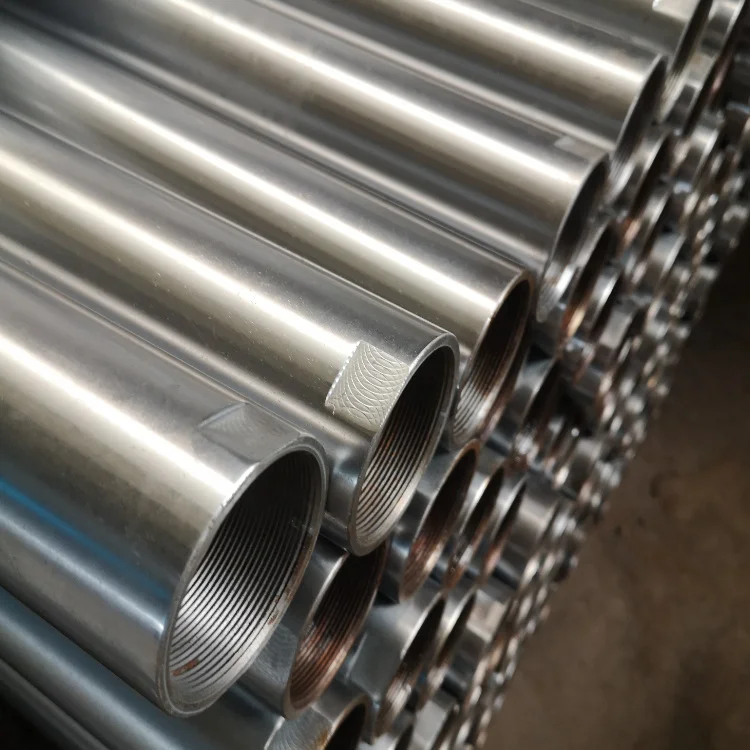Precision steel pipe advantages, material standard and size tolerances
Precision steel tube is a high-precision steel tube material processed by cold drawing or hot rolling. Because the inner and outer walls of precision steel pipes have no oxide layer, high pressure without leakage, high precision, high smoothness, cold bending without deformation, flaring, flattening without cracks, etc., they are mainly used to produce pneumatic or hydraulic components, such as cylinders or The oil cylinder can be a seamless tube or a welded tube.

It is designed with several advantages:
Inside and outside surface no oxide coating;
It could bear high pressure, no leaking;
Strict less tolerance;
Surface smooth;
No reformation in cold bending, no cracks during flaring test, and flattening test.
Precision steel pipe material standard
International standard for precision pipe is DIN 2391, which is applied with European standard.
As a matter of fact, more steel pipe standard could applied for the precision pipe. Includes DIN2445, EN10305, DIN1630, DIN1629, ASTM A106, ASTM A179, JIS G3445
Materials available with 10#, 20#, 35, 45, 40Cr, 25Mn. 37Mn5, St35(E235), St37.4, St45(E255), St52(E355) and etc.
Precision steel pipe size tolerances
For hot rolling precision steel pipe, tolerance of OD is +/- 0.1%.
For cold drawn precision pipe, tolerance allowed in below conditions:
Diameters 6mm to 10mm, normal tolerance condition +/- 0.2%, premium tolerance condition +/- 0.15%.
10mm to 30mm, normal tolerance condition +/- 0.4%, premium tolerance condition +/- 0.2%.
30mm to 50mm, normal tolerance condition +/- 0.45%, premium tolerance condition +/-0.3%.
For outer diameters above 50mm, normal tolerance condition +/- 0.1%, premium tolerance condition +/- 0.8%.
Key processes in manufacturing the precision steel pipe
During manufacturing processes, the key point is to do the annealing for raw materials.
Precision steel pipe manufacturing flow chart:
Raw Material Inspection – Remove Oxide Layer – Visual Inspection – Heating – Hot Rolling – Pickling and Passivation (Phosphating) – Grinding – Lubrication and Drying – Cold Rolling (Internal and external extraction) – Remove Oil – Ends Cutting – Inspection – Marking – Packing and Storage
As we know, most of precision steel pipe has cold drawn and hot rolled process. On the contrast, cold rolling will be more complicated. Not only the pipe need to be continuous rolled by three roller, but also the test have to be done after extrusion, so to guarantee the quality of the precision pipe materials.
Manufacturing methods of seamless precision pipe includes hot rolling and cold drawn. More over it could be manufactured in welding processes.
Features
a. You can get a smaller diameter with precision steel pipe
b. High precision pipe accept small quantity for MOQ.
c. The pipes with cold drawn processes has high precision and good surface finish.
d. The transverse area of the steel pipe is more complicated.
e. Performance is superior, with higher density.
Application
The internal and external diameter could control within +/- 0.01 mm. In the guarantee of anti-bending strength and torque strength same, the weight of precision pipe is lighter. It can be widely used in manufacturing precision machinery parts and engineering structure, and also commonly used to produce various kinds of conventional weapons, barrel, shells, bearing and so on.






